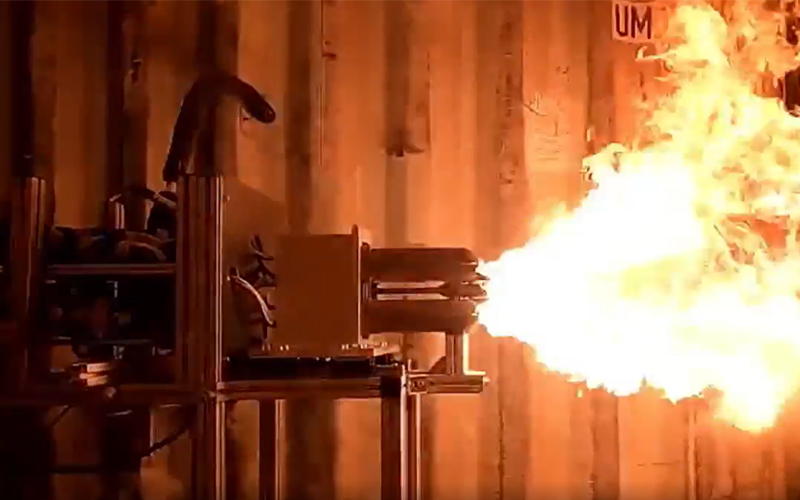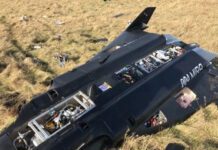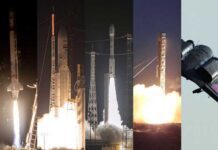
POLARIS Spaceplanes has successfully ignited its 1kN AS-1 aerospike rocket engine that will power its MIRA demonstrator.
MIRA is 4.3 metres long and is powered by four jet engines and one rocket engine. MIRA is a subscale demonstrator of the company’s AURORA multipurpose spaceplane and hypersonic transport system. Once operational, AURORA will be capable of delivering 1,000 kilograms to low Earth orbit with the aid of an expendable upper stage.
MIRA took to the skies for the first time in late October, with the flight lasting 2.5 minutes and covering a total distance of approximately nine kilometres. This flight was, however, under the power of the vehicle’s jet engines, with the aerospike engine not yet fitted.
In early October, POLARIS took delivery of a pair of AS-1 engines produced by German additive manufacturing specialist AM Global. The two engines are being used in the company’s ground testing. Lighter flight engines will be fitted to MIRA for its first flight under rocket power.
Ground testing of the AS-1 engine is being conducted on an in-house developed test stand at a decommissioned airport in Northern Germany. The initial ignition test was conducted at low chamber pressure. Subsequent tests will see the team increase the chamber pressure, optimize the ignition sequence, and fine-tune the propellant mixture ratio.
The company is currently working through a test campaign of the AS-1 engine, which it expects to complete by the end of next week. POLARIS will then move ahead with mounting the flight engine onto MIRA, with a maiden flight expected before the end of the year.







